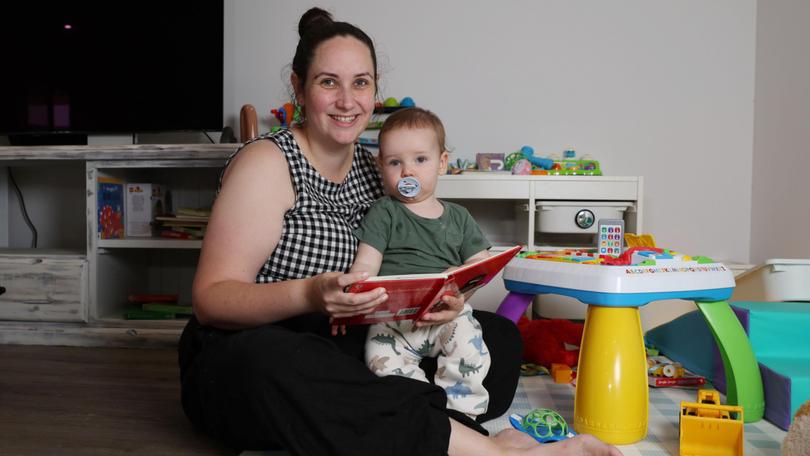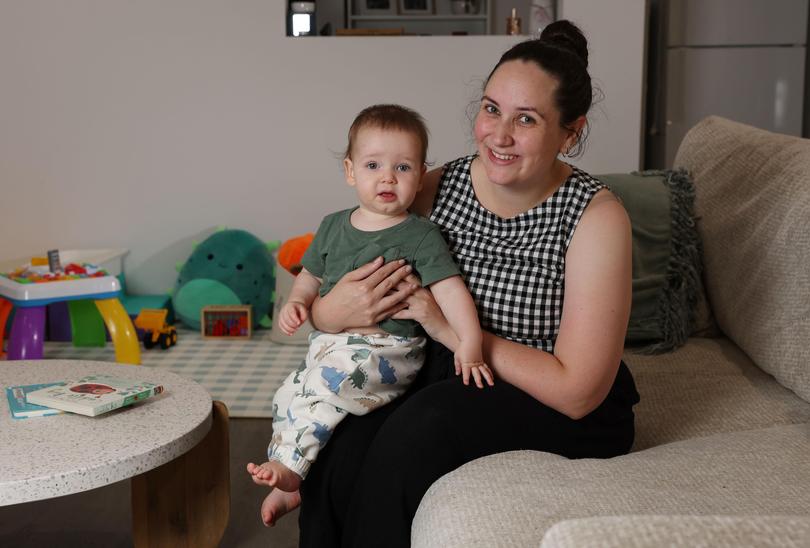Rates of women staying in the workforce in their 30s climbs compared to recent decades

Women are staying in work longer or returning to the office sooner as families struggle to survive on one income, new data reveals.
More than four in five women are now earning an income, a significant jump from 20 years ago — especially for those in their thirties.
In 2004, female participation for those aged 30-34 was 67.8 per cent and 68.2 per cent for those aged 35-39.
Sign up to The Nightly's newsletters.
Get the first look at the digital newspaper, curated daily stories and breaking headlines delivered to your inbox.
By continuing you agree to our Terms and Privacy Policy.But 20 years later, in 2024, those participation rates have risen to 81.1 per cent (30-34) and 82.9 per cent (35-39) as mothers return to work, Australian Bureau of Statistics data reveals.
The increase in working women who are aged 25-29 is at it’s highest, going from 73.7 per cent in 2004 to 84.4 per cent last year.
Nurse and sonographer Taryn Bunter, 33, has a 15-month-old son with another baby due in June.
Both she and her husband had six months off when their son was born.

She would have liked to have stayed at home for a year, but after her leave was up, Ms Bunter said it was not possible to get by on one wage.
“I don’t think it’s feasible to survive on one income without severely sacrificing a lot of things,” she said.
“A lot of the time two incomes are needed just for covering your basic costs.”
Ms Bunter works three days a week and said if “cost of living wasn’t so high” she would have come back to work for fewer days.
“My workplace is very flexible, and I’m able to shorten shifts if needed, but some of my friends have little flexibility in what they can do, and a lot of them work full time,” she said.
She cited groceries as a major cost of living pressure, along with mortgage repayments and the price of activities.
“Even just for the three of us, I can’t do a shop that’s less than $250 to $300 a week, whereas you used to be able to buy the same things for about half the price,” Ms Bunter said.
Demographer Simon Kuestenmacher said although women had more access to work now compared to recent decades, the main reason for the high participation rate was that both partners typically had no choice but to keep working.
“Women are having babies later life, if they have them at all, and because you’re under extreme pressure as a household, even a dual income household, women return to the workforce much sooner and at a larger capacity than in previous times,” he said.
“Many women would stay with their kids for longer, but with mortgages to pay, and even if they’re renting, life is freakishly expensive.
“At the moment, you need to be bloody loaded as a household to allow the primary care, which overwhelmingly tends to be the mother, choice on how long they want to take off.”
Mr Kuestenmacher said with female participation nearly maxed out, even measures such as universal free childcare would only “inch” the rate upwards.
He said men were increasingly taking on more child-rearing duties.
“While not a majority, there is a growing number of couples where the woman is the higher income earner,” he said.
“Households are very pragmatic. So that means when it comes time to go back to work. Both partners will go back to work, but the higher income earner will go back at a fuller capacity.”
The ABS data also found older men were putting off retirement.
In 2004, only about one in five men (21 per cent) remained in the workforce between the ages of 65 and 69.
That figure climbed to 33 per cent in 2014 and to 41 per cent in 2024.
Mr Kuestenmacher said the cost of living had also contributed to this, but so had the fact that we have “completely restructured the workforce”.
“We now have significantly more older workers in knowledge jobs and you can easily do these jobs into your late 60s and 70s,” he said.
“Whereas if you have an economy that is largely built around physical tasks in the agricultural sector, in manufacturing, in construction, you can’t lay bricks in your 70s. But you can be an accountant or management consultant or journalist in your 70s.”
Mr Kuestenmacher said Australia’s ageing population also meant older people were incentivised to stay working for longer.
